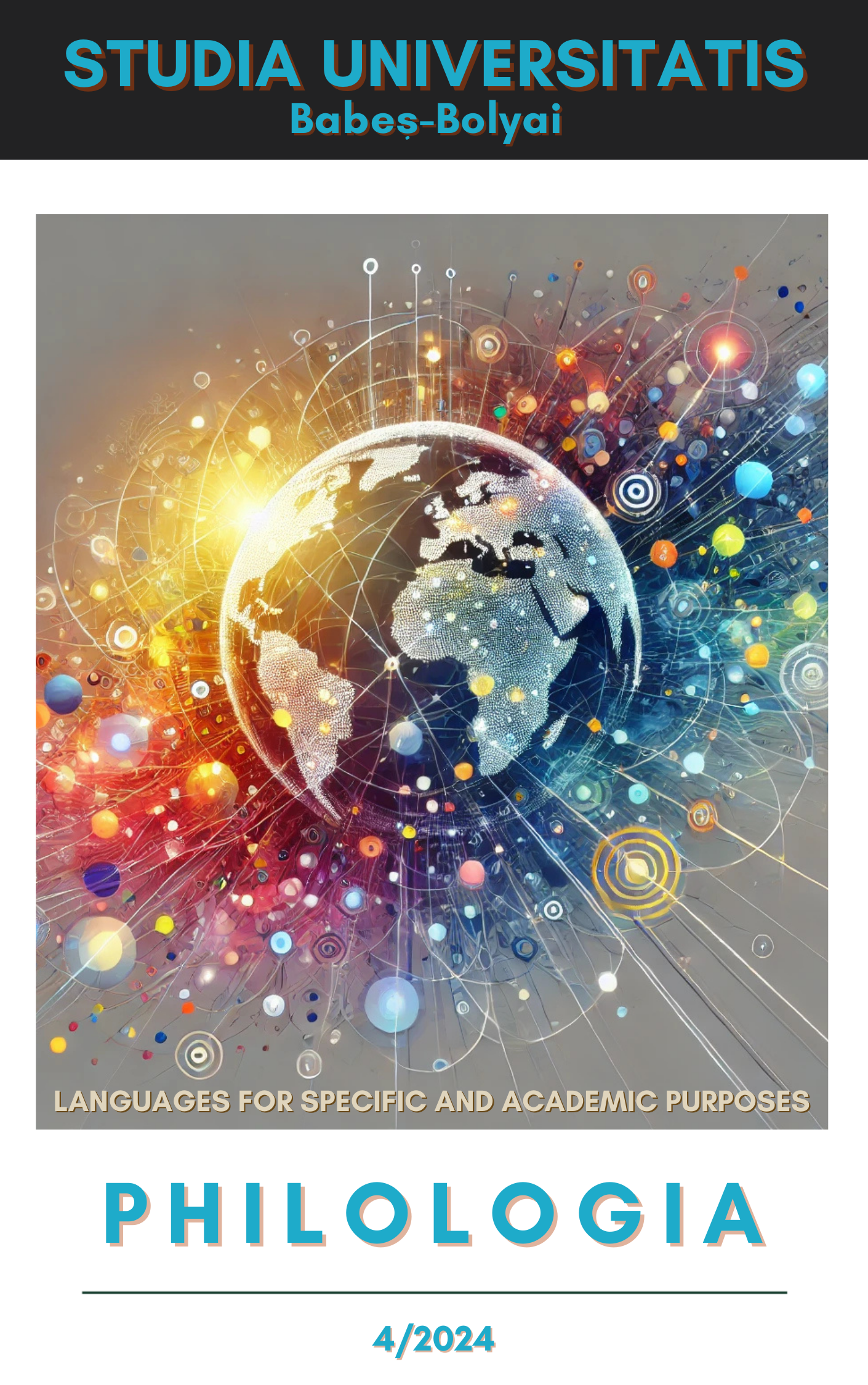TEACHING AND LEARNING LEGAL ENGLISH WITH AI: A CASE STUDY ON STUDENT ENGAGEMENT IN AN ESAP COURSE
TEACHING AND LEARNING LEGAL ENGLISH WITH AI: A CASE STUDY ON STUDENT ENGAGEMENT IN AN ESAP COURSE
Author(s): Bianca Doris BretanSubject(s): Language acquisition
Published by: Studia Universitatis Babes-Bolyai
Keywords: ESAP; AI; Legal English; higher education; student engagement; digitalization.
Summary/Abstract: Teaching and Learning Legal English with AI: A Case Study on Student Engagement in an ESAP Course. Educators recognize that 2020 was a pivotal year for the advancement of digital teaching methods. A significant aspect of this development is the emergence of generative artificial intelligence (AI) platforms grounded in large language models (LLMs), which are viewed by many as potentially transformative for education. Concerns have arisen regarding how these tools could affect academic integrity and the originality of student writing. Many people question the assumption that such technologies could support student learning. This study aims to explore this topic further by investigating the following question: How can the incorporation of AI improve student engagement in English for Specific Academic Purposes (ESAP) classes? The answer is provided through small-scale research conducted on a group of first-year Law students who took part in a Legal English ESAP course. Quantitative and qualitative data provided by two questionnaires, an interview and a class observation protocol are analyzed to show students’ learning engagement with AI tools. The research highlights the benefits offered by AI to Legal English instruction.
Journal: Studia Universitatis Babes-Bolyai - Philologia
- Issue Year: 69/2024
- Issue No: 4
- Page Range: 153-168
- Page Count: 16
- Language: English

